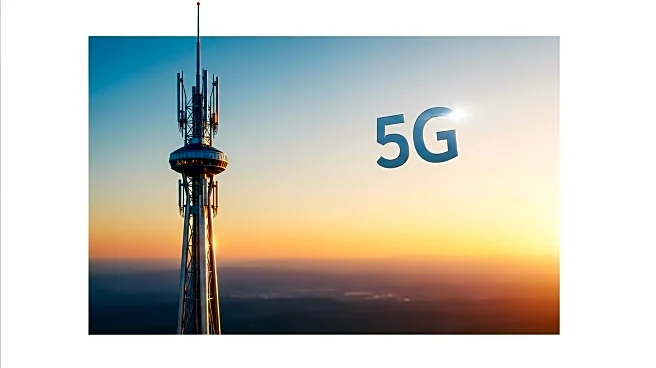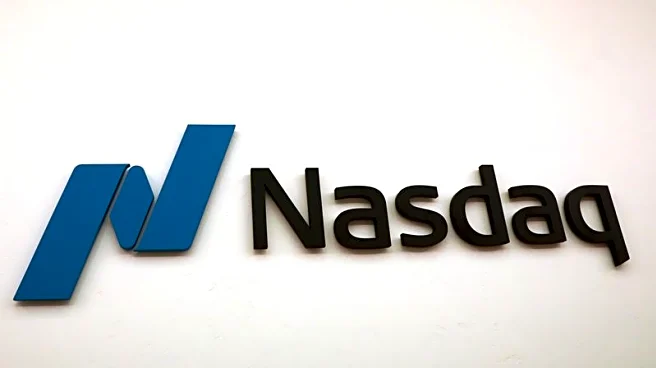What's Happening?
Vodafone and Three, two major UK mobile carriers, have merged to form the largest mobile operator in the UK. The merger, which took two years to receive anti-trust approval, has resulted in a unique branding strategy where both companies maintain separate communications under the joint name VodafoneThree. This approach deviates from the traditional merger strategy of consolidating under a single brand name. The decision to retain both names is seen as a strategic move to leverage the vast customer bases of both companies, with Vodafone serving around 18 million and Three approximately 10 million customers.
Why It's Important?
The dual branding strategy of VodafoneThree highlights a significant shift in how mergers can be approached in the telecommunications industry. By maintaining both brand names, the merged entity aims to capitalize on the strengths and customer loyalty of each brand, potentially reducing the risks associated with brand consolidation. This approach could influence future mergers in the industry, encouraging companies to consider the benefits of dual branding in maintaining customer bases and minimizing internal conflicts. The strategy also reflects a broader trend of companies seeking to balance brand heritage with the need for operational efficiency.
What's Next?
As VodafoneThree continues to operate under dual branding, the company will likely monitor customer reactions and brand performance closely. The success of this strategy could lead to a gradual phasing out of one brand name if market research supports such a move. Additionally, the telecommunications industry will be watching closely to see if this approach proves successful, potentially setting a precedent for future mergers. The company will also need to address any internal challenges that arise from maintaining two distinct brand identities.











